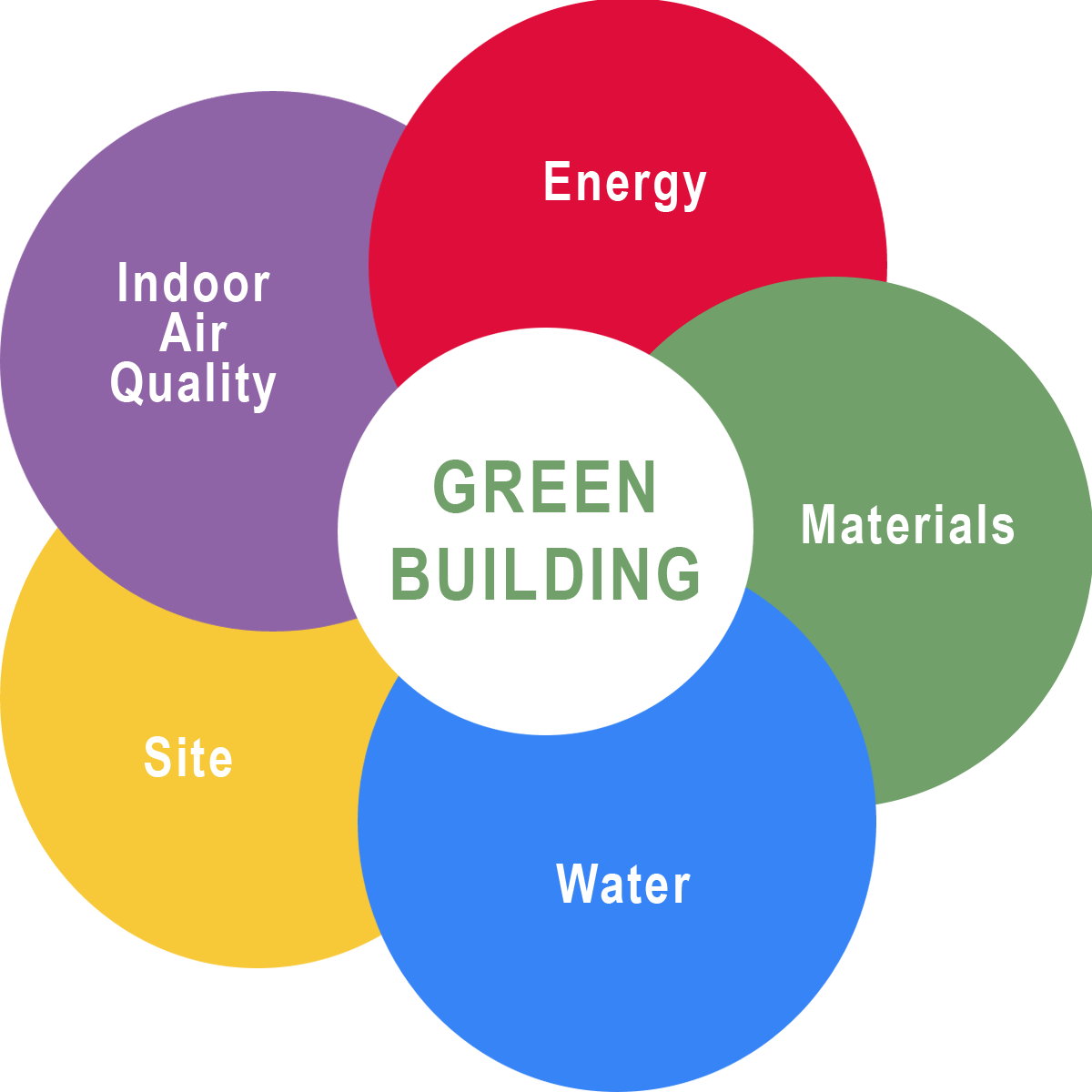Bloomberg has unveiled its fifth series of ‘Waste Not Want It’, a collection of new works commissioned in association with Arts Co, made almost entirely out of Bloomberg’s waste.
This year, participating designers include Astrid Krogh, Laetitia de Allegri and Matteo Fogale, Kim Thomé, Lara Bohinc, Soft Baroque, Stuart Haygarth and Tom Price, creating nine different installations. The pieces, made from all recycled materials, include lighting, decorative wall panels, seating and meeting areas for daily use by Bloomberg’s London employees.

























